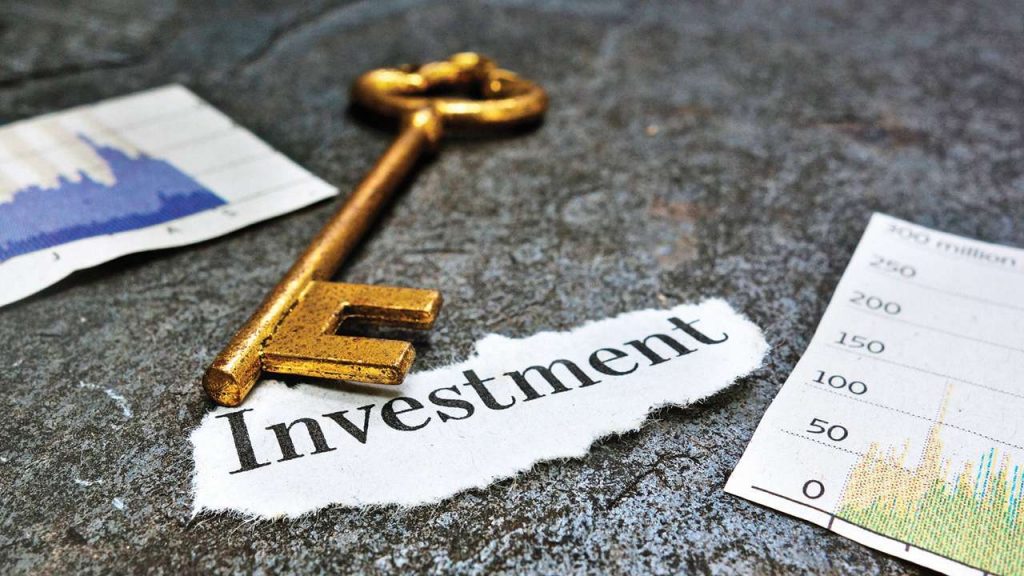In a perfect world, all of your investments would take a steady path upward at about a 45-degree angle on a graph and would never deviate from that path as they wend their way infinitely skyward. In the real world, it doesn’t usually happen like that. What occurs is that investments rise and fall, often in very short periods of time, causing an investor to practically become seasick by the uncertainty of it all. This is called volatility, and many investors simply don’t have the stomach for it. But investing is still a good idea for all since it is often the only way to grow your money in order to keep up with natural price inflation.
For that reason, investors must find ways of dealing with volatility, since it is part of the investment life and likely isn’t going anywhere. Many people deal with it by absolving themselves of the responsibility of making choices about their investments, handing the duties over instead to trusted robots like the Qprofit System. If you are going to get in the midst of the nitty-gritty of investing, you have to develop the kind of psychological response to volatility that will prevent you from becoming too upset with every slight tremor in your portfolio. Here are some ideas for making that happen.
1.Putting It in Perspective
If you are too involved with your investments and their myriad peaks and valleys, you are bound to focus too much on the volatility aspect of it all. That’s why you need to have other outlets to balance it all out. Spend time with your family, get a workout in, go get an ice cream cone: anything that will let you focus, if only momentarily, on the positive aspects of life. It’s likely that when you come back to look at your investments, they won’t seem so monumental.
- Seeing the Forest
People who are worried about the short term are often missing the point of why they invested in the first place. You usually get into it with the idea of trying to build your portfolio to the point where it provides for you when you need it most, which is often during retirement age. If you think about it in those terms, you won’t get so agitated if one of your stocks takes a temporary dive. Focus on the long haul and the ride won’t seem so bumpy along the way.
- Choose Wisely
The best way that you can minimize volatility is by making the wisest investment choices possible. If you are going to invest, you need to either do the proper homework or pay someone who will do it for you. Too many people make their investment choices blindly and then get frustrated when they don’t come up winners. To avoid volatility or at least keep it in check, put in the legwork.
Volatility is pretty much unavoidable if you plan to invest. But there are ways that you can practice mind over matter so that it won’t matter that much to you after all.



 Bitcoin
Bitcoin  Ethereum
Ethereum  Tether
Tether  XRP
XRP  Solana
Solana  USDC
USDC  Cardano
Cardano  TRON
TRON  Lido Staked Ether
Lido Staked Ether  Avalanche
Avalanche  Toncoin
Toncoin